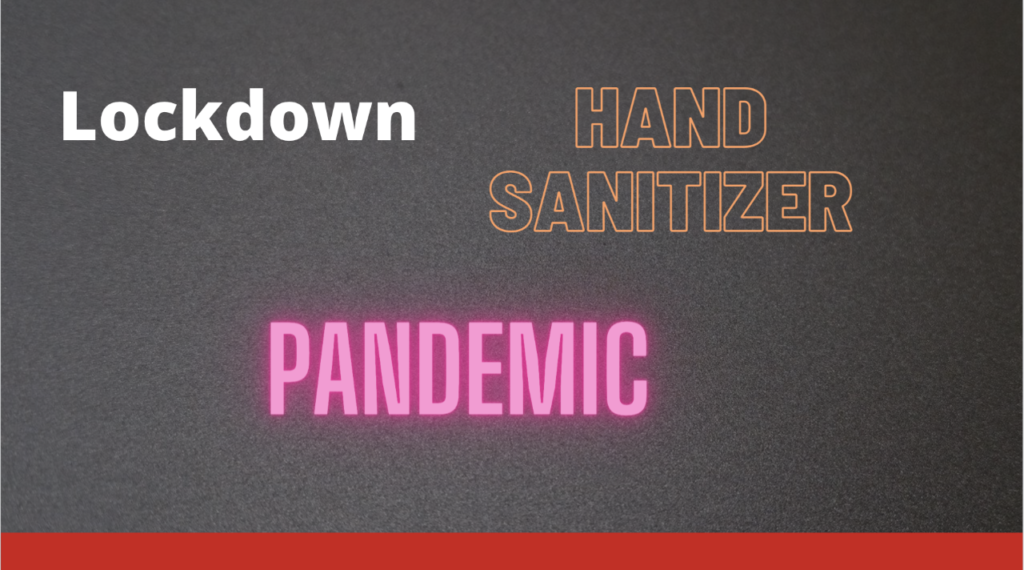
COVID-19 has led to a burst of new language to help us better understand and cope with changing health protocols. For most of us, words and phrases such as ‘quarantine,’ ‘lockdown,’ ‘pandemic’ and ‘hand sanitizer’ have become familiar and may even elicit an unpleasant feeling; however, York University researchers have found those in their late 20s do not experience the same reaction to words affiliated with COVID-19.
Researchers at York’s Faculty of Health in the Department of Psychology found this age group rated their overall risk perception associated with contracting COVID-19 significantly lower compared to their perception of necessary precautions and overall adherence to public health measures, but these explicit ratings are not aligned with their unconscious feelings.
The online study published Nov. 9 in Scientific Reports is the first of its kind to provide quantitative evidence that COVID-19 affiliated words do not invoke the same implicit negative response as traditional unpleasant word stimuli – even though the COVID-19 words were rated as unpleasant. Researchers say this unconscious attitude toward these words, may contribute towards decreased fear-related behaviours and riskier behaviour resulting in non-compliance with public health guidelines.
Senior author, Jennifer Steeves, York Research Chair in Non-invasive Visual Brain Stimulation and professor in the Perceptual Neuroscience Laboratory at the Faculty of Health and VISTA (Vision Science to Applications) program, and lead author, Stefania Moro, a postdoctoral research Fellow in Steeves’s lab, assessed participants’ unconscious feelings towards certain words by using a classic paradigm, affective priming. Researchers conducted the study online where 52 participants with a mean age of 28 explicitly rated COVID-19 affiliated words as unpleasant, similar to traditional unpleasant word stimuli. These were done over a total of 153 trials. Despite rating the COVID-19 affiliated words as unpleasant, affective priming was not observed for congruent prime-target COVID-19-affiliated-word pairs which indicates a lack of implicit negative attitude toward COVID-19 words.

Steeves and her team asked people to respond to word pairs that were presented one after the other. They were asked to ignore the first word and only had to indicate whether the second word was pleasant or unpleasant. Even though the first word was to be ignored, it would still elicit an associated feeling.
“When you see two words in a row that have the same emotional feeling, either both pleasant or both unpleasant, you quickly respond to that second word. When the two words have conflicting emotion, it slows down how quickly you respond to the second word. We showed words like ‘pandemic,’ ‘quarantine,’ ‘vaccine’ and individuals explicitly rated these words as unpleasant; however, when we presented two of these words in a row, they didn’t show the faster response that we find to other unpleasant word pairs, so it suggests that their emotions toward these COVID-19 words are not consistent with what they’re consciously telling us,” said Steeves. “Our findings are actually interesting in terms of compliance around measures that we need to do to mitigate the pandemic, suggesting that individuals have somewhat conflicting emotions towards COVID-19.”
Moro and Steeves also collected explicit measures of COVID-19 attitudes through the use of the newly developed COVID-19 Pandemic Mental Health Questionnaire (CoPaQ) and participants rated COVID-19 risk relatively low which reflected their implicit findings of a lack of negative response to COVID-19 words.
“This was fascinating for us since their overall risk perception and their lack of negative perception of COVID-19 words seemed to be in line whereas they highly ranked their adherence to the public health guidelines,” said Moro. “This could potentially lead to an attitude behaviour trade-off where perhaps conscious attitudes are in line with social norms whereas their behavior might not be for this age group.”
Researchers say the results from this study contribute to the growing body of research exploring why some individuals across communities might be more or less willing to engage in precautionary behaviours outlined by public health agencies to mitigate the spread of COVID-19.
